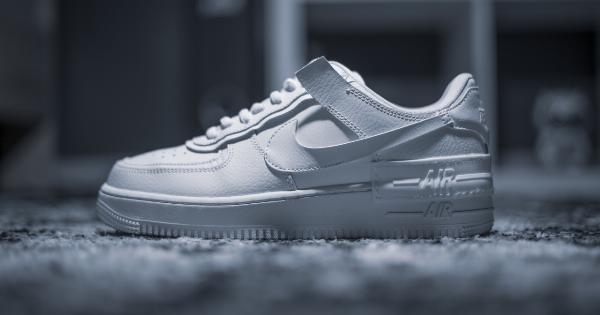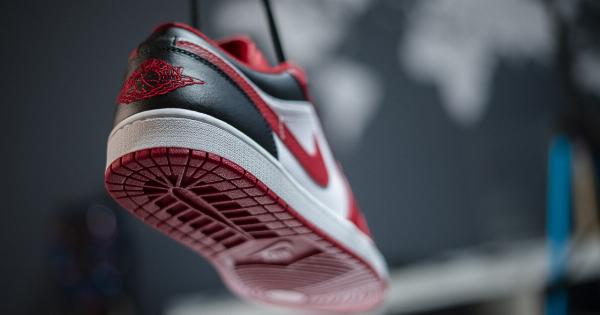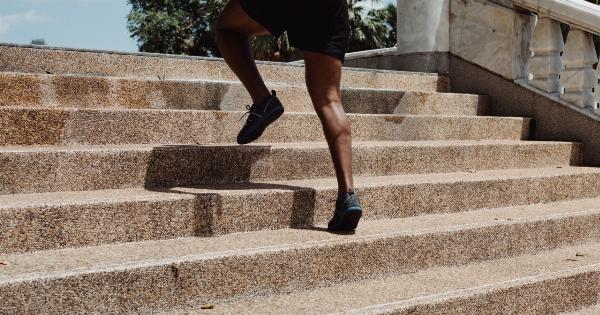Having the right sports shoes is crucial for both performance and safety during physical activities. Whether you are running, playing basketball, or engaging in any other sports, your shoes play a significant role in your overall experience.
To ensure you choose the right sports shoes, here is a quick 60-second test to help you make an informed decision.
Step 1: Understand Your Foot Type
Everyone has a unique foot shape, and understanding your foot type is essential for selecting the perfect pair of sports shoes. There are three main types of foot arches:.
- Low arches (flat feet)
- Medium arches
- High arches
To determine your foot arch type, you can perform a simple wet test. Wet the sole of your foot and step onto a piece of paper. You will notice a footprint that indicates your arch type.
Step 2: Analyze Your Gait
Your gait refers to the way you walk or run. Analyzing your gait can help identify any abnormalities or irregularities that require specific shoe support. There are three common types of gaits:.
- Overpronation: If your foot rolls excessively inward during walking or running
- Neutral pronation: If your foot maintains a natural inward roll with each step
- Underpronation (supination): If your foot rolls outward during walking or running
A specialist at a sports shoe store or a podiatrist can analyze your gait and recommend the appropriate shoe support for your specific needs.
Step 3: Determine Your Sports Activity
The type of sports activity you engage in also influences the shoe selection process. Different sports require specific shoe features. For example:.
- Running shoes have cushioning and shock absorption to minimize the impact on joints
- Basketball shoes provide ankle support and traction for quick movements and jumps
- Tennis shoes offer lateral support for sudden side-to-side motions
Consider the nature of your sports activity and look for shoes designed for that particular sport.
Step 4: Test the Fit
The fit of the sports shoe is paramount for comfort and injury prevention. Follow these guidelines when testing the fit:.
- Shop for shoes later in the day when your feet tend to be slightly larger.
- Wear the same type of socks you would use during sports activities.
- Allow for about a thumb’s width of space between your longest toe and the front of the shoe.
- Ensure the shoe provides a snug fit around your heel to prevent slippage.
- Walk or jog around the store to assess comfort, stability, and any potential pressure points.
Remember, a shoe should feel comfortable from the moment you try it on. If it feels tight or uncomfortable, it’s likely not the right fit.
Step 5: Consider Durability and Quality
Investing in a durable and high-quality sports shoe is essential for long-term use. Look for shoes made from durable materials that can withstand the demands of your chosen sports activity.
Quality shoes may cost more initially but can save you money in the long run, as you’ll avoid replacements due to wear and tear.
Step 6: Seek Professional Advice
If you are unsure about which shoes to choose, seek advice from a professional. Visit a specialty sports shoe store or consult with a podiatrist who can provide personalized recommendations based on your foot type, gait, and sports activity.
Conclusion
Choosing the right sports shoe is essential for your overall sports experience.
By understanding your foot type, analyzing your gait, considering the sports activity, testing the fit, prioritizing durability and quality, and seeking professional advice when needed, you can ensure you find the perfect pair of sports shoes. Remember, the right shoes can enhance performance, prevent injuries, and make your sports activities more enjoyable.





























